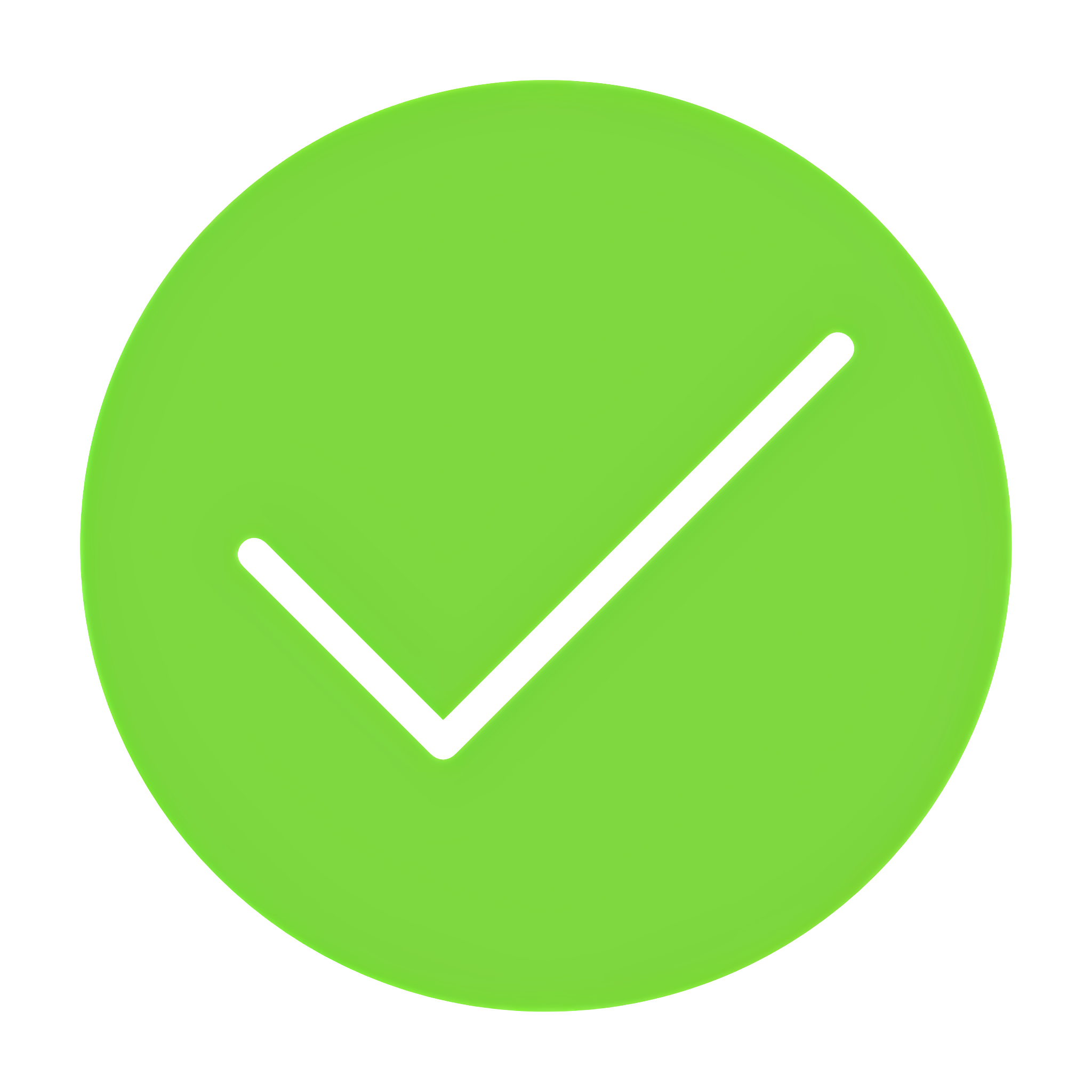Do you have a large amount of credit card debt or other debt that you’d like to repay quickly? If so, you might have heard about personal lines of credit. But, is this option right for you?
What is a Personal Line of Credit?
A personal line of credit is a type of revolving credit line. That is, instead of drawing down on a set, lump-sum at the outset, you have the option to access the credit line by borrowing and repaying it, on a revolving basis, over the life of the credit line.
These are the basic qualities that define a personal line of credit:
- Unsecured: Like credit cards, personal lines of credit are unsecured, meaning you don’t have to offer collateral in order to obtain one.
- Revolving: This means that you borrow and pay back what you need, up to the credit-line limit, on a revolving basis.
- Credit Limit: This is the maximum amount up to which you can borrow. Credit limits vary greatly and depend on the borrower, but generally can range from a few thousand dollars to the multiple six-figures or more.
- Variable Interest Rate: interest rates are variable, meaning they fluctuate throughout the life of the credit line. You only pay interest on the credit that you have borrowed, not on the total credit limit.
As such, personal lines of credit are, in many cases, best used for irregular expenses (as opposed to fixed or known expenses), such as ongoing home repairs or emergencies.
What are the Interest Rates and Fees Associated with a Personal Line of Credit?
Interest rates are variable, but you should know before signing up for a personal line of credit what the interest rate range is. For example, an interest rate might range from 8% to 18% at one bank, whereas another might offer you a line with interest rate ranges between 7% and 20%.
The range will depend on the bank’s offerings as well as your credit score. As with credit card offerings, the higher a customer’s credit score, the higher the likelihood that a bank will offer you a favorable interest rate.
Some personal lines of credit also carry annual fees, although these are usually minimal (if you make your payments on time) and vary by bank. Like credit cards, most personal lines of credit require you to make monthly payments on the amount you have borrowed on the personal line of credit. If you miss a payment or make late payments, you may face a penalty.
What are my Alternatives?
If you are in debt, you may want to consider an alternative to a personal line of credit.
Personal lines of credit can be used to pay off high-interest credit card debt, but the debtor will still be faced with monthly payments and high-interest rates on the new debt. Instead, a debtor in this situation might want to consider debt consolidation. Working with a debt consolidation company, a debtor can obtain a loan at a lower interest rate than his or her outstanding credit card debt and use that loan to pay off the high-interest rate debt in one lump sum. Loans usually offer lower interest rates than personal lines of credit and are not variable, so they are not subject to interest rate fluctuations.
Contact a reputable debt relief company to determine which option is best for you.

